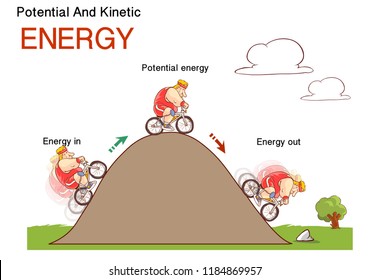Energy!
Energy!
Motion!
Space!
This subatomic structure has a negative charge
What is electron
tendency of an object to resist change in motion
What is inertia?
These are the 3 ways that tectonic plates can interact with each other
What is converge, diverge, and transform
This is the variety of plant and animal life on Earth
What is Biodiversity
This subatomic particle has no charge
What is neutron
change in an object’s motion; caused by unbalanced forces
What is acceleration?
This is the reason the Earth has different seasons
What is the tilt of the Earth on its axis

This type of succession.
What is primary succession?
This is used to determine what group an element belongs to
What is valence electron
 Energy out at the bottom of the hill
Energy out at the bottom of the hill
What is maximum kinetic energy?
This phase of the moon comes after the full moon
What is waning gibbous
This body system is responsible for exchange of gases with the surrounding environment.
What is respiratory system?
This is used to determine what period an element belongs to.
energy level/shells
distance traveled by an object in a given amount of time
What is speed?
True or False: The sun is a medium sized star
What is true
An organelle only found in plant cells that helps capture sunlight and convert it into energy through photosynthesis.
A. cell wall
B. cell membrane
C. chloroplast
D. mitochondria
C. chloroplast
This element is more reactive: Gold or Neon
Two vehicles are coming to a stop light. One vehicle is a truck and the other is a small car. If both vehicles start the same acceleration, this vehicle will have the greatest force.
What is the truck?
This electromagnetic wave has the longest wavelength.
A. gamma ray
B. radio wave
C. x-ray
D. visible light
B. radio wave

Rabbit and mouse
What is primary consumer?